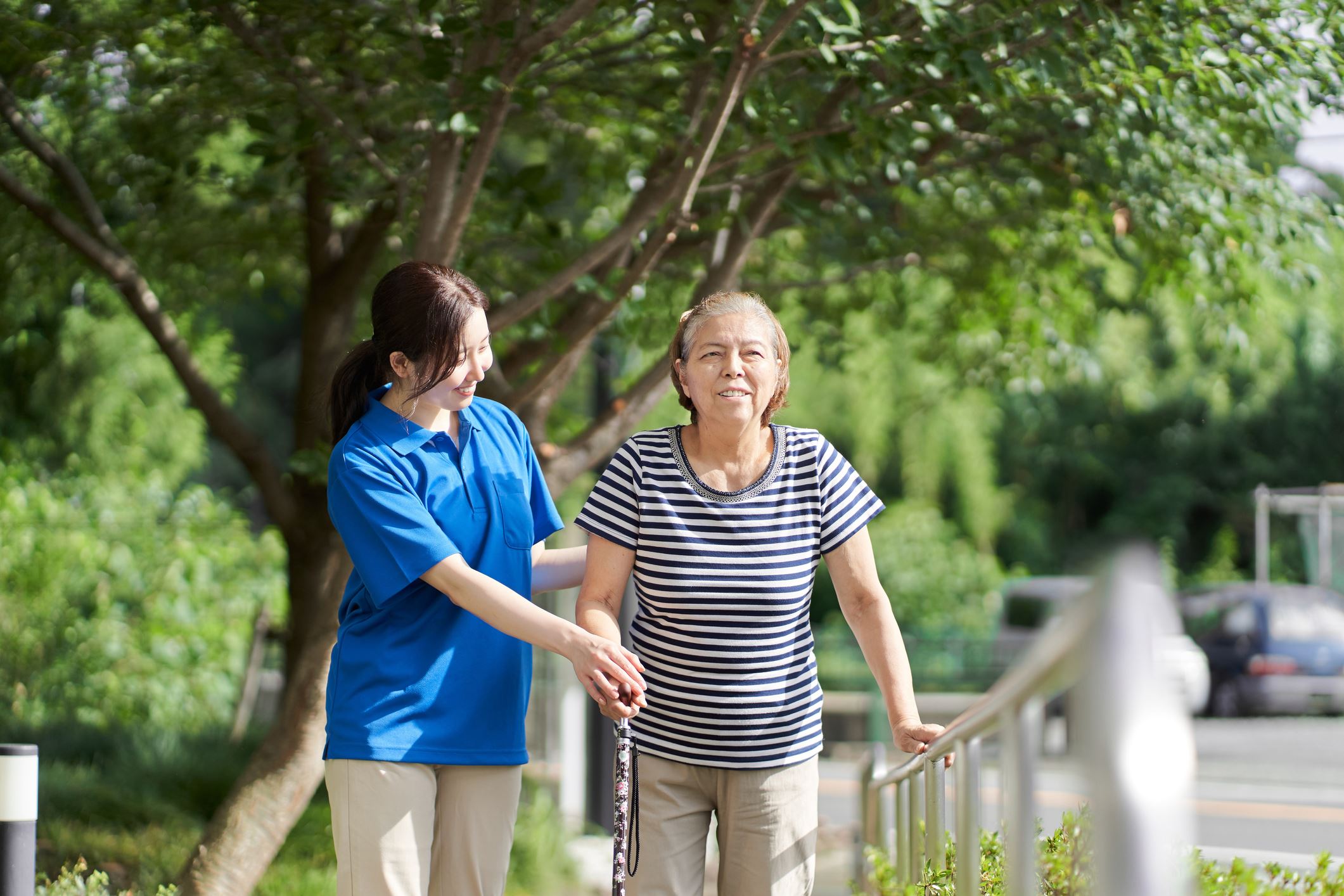The New Normal Following a Stroke
- Category: Health News, Stroke Program
- Posted On:

Neurologist to hold informative free seminar
You or a family member have had a stroke and, having survived the initial incident, are now heading home to adjust to a new reality in your life. This period, the initial two months following a stroke, is the time when much of the recovery progress will occur, according to neurologist Dr. Prabhjot Khalsa, co-medical director of the Stroke Program at Washington Hospital.
Dr. Khalsa will discuss “Life After Stroke” at a Washington Hospital Health & Wellness online seminar. This free seminar is on March 8, 1:30 p.m. and will cover health problems that may arise after having a stroke and the importance of rehabilitation programs and home adaptations. Caregiver challenges also will be discussed.
This “golden window of opportunity,” as Dr. Khalsa calls it, requires the participation of skilled health care professionals and, most importantly, the drive and commitment of the stroke patient to work hard to adapt to or compensate for neurological impairments caused by the stroke.
Upon leaving the Hospital, most stroke patients go to an acute rehabilitation facility to begin the work of recovery. This includes development of a specialized rehabilitation program for the patient, discussions of what adaptations will have to be made at home, and working with prospective caregivers, according to Maria Nunes, nurse practitioner and Washington Hospital’s Stroke Program manager.
Nunes explains that living with disabilities following a stroke is a lifelong challenge. For many, the real work of recovery begins after formal rehabilitation. The patient and the caregiver work together to help the patient achieve independence, improve cognitive and physical functions, improve communications, maintain safety, prevent another stroke and, perhaps most important, achieve a satisfactory quality of life. “The patient and family are key members of the stroke rehab team,” she adds.
Stroke is the fifth leading cause of death in the United States, with 140,000 deaths each year, according to the national Centers for Disease Control and Prevention. One in four stroke victims are experiencing their second or third (or more) stroke. Of the more than 4.5 million stroke survivors in the U.S. currently, 40 percent of stroke victims have moderate impairment while 15-30 percent experience severe disability.
Life after having a stroke usually means living with some level of physical disability including: difficulty communicating, a feeling of isolation, trouble swallowing, and for many, depression. Dr. Khalsa explains, “It’s important to keep talking with your doctor about how you are feeling as well as how you are doing physically,” he adds. And, being the caregiver for a stroke patient often is exhausting. It is essential for the caregiver to also practice self-care.
Nunes recommends that stroke patients join a stroke support group where the patient can tap into the experiences and lessons learned from other stroke patients as well as experts who also participate in the group. Washington Hospital’s stroke support group meets monthly and welcomes new participants.
Washington Hospital’s Stroke Program has been recognized for excellence in patient treatment, having been awarded the American Heart Association’s Gold Plus Elite award for the fifth consecutive year and The Joint Commission’s Gold Seal of Approval for primary stroke centers again last year.
The Life After Stroke seminar can be viewed live on Facebook and YouTube. For Facebook, sign in to your account and then go to facebook.com/WashingtonHosp. YouTube does not require an account. Simply go to YouTube.com/whhsInHealth.
For information about the Hospital’s stroke support group, call 510.818.5080.
